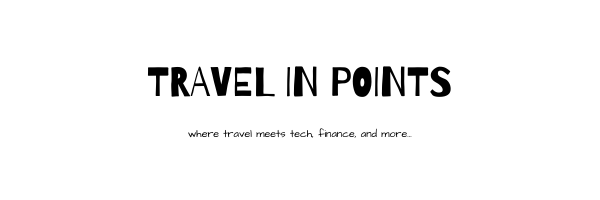One of the key sources of income in this hobby is fintech companies, especially those that have no idea what they are doing and come up with insane promos or do things a certain way that they are ripe for abuse.
You know all those companies that came into the space gun blazing and soon after went “ops we can’t sustain that” or “ops, we didn’t even know people could bleed us dry doing that” and nerfed their product dramatically or just existed that space altogether. For instance, Enzo launched as a rent reward program (Global News Wire) and less than a year later shifted to a high APY account (DoC article). Porte started strong with a 3% APY most banks weren’t even offering half of that and now they have pivoted to charging a monthly $9.99 fee. HMB was another one that had 3% APY and I have kinda checked out of how many changes they made to sustain high APY (good for them though). Stockpile is a trading app that is possibly only good for one thing and they also introduced a monthly subscription fee. In Q1 of 2021, it was announced that Nearside had raised $20 million and was launching a Business Checking account (newswire). Fast forward, to December of 2022, Nearside was shut down. I suppose it takes churners about a year to suck $20 million at a rate of 2.2% cashback.
Anyone in this hobby could have told you that so much of what I mentioned above isn’t sustainable. But you ought to applaud these entrepreneurs for their ability to get VC funds onboard. Anyway, one of the points I am trying to make is this – if you see an unsustainable product then maybe it’s wise to eat the bonus and leave. If you stick around too long, your money may be tied up should the platform go down. Sure, some governmental regulatory body will most likely help you recover the funds but be aware that you may not have access to the funds for a while.
Recall the case of a not-so-good financial fintech app Beam and customer funds getting tied up. It was bad to a point that CNBC had an article on customers not being able to withdraw funds from Beam. Eventually, FTC stepped in, permanently shut down Beam, and barred the company’s founder from doing similar business in the future (CNBC).
So if a shitty program like Beam can’t make money then how is a platform that is giving a minimum of 5% APY sustainable? Maybe it isn’t and maybe that’s why it resorted to other tactics for making money. But are they still making money? IDK.
But isn’t it all FDIC insured? Enter Voyager. Voyager was (now bankrupt twice) a crypto platform that openly advertised that funds were SAFU (I mean FDIC insured). They suggested that “FDIC would insure customers against the failure of Voyager itself”, well except FDIC took issues with it to a point that FDIC released a press release going over the specifics of how Voyager was misleading the consumers.
You see fintech partners with FDIC-insured banks but fintech themselves aren’t FDIC insured. This means, your funds (held at the FDIC-insured bank) are FDIC-insured if the partner bank goes down but this is not the case if fintech itself goes down. An FDIC-insured bank is held to a high regulatory standard but the same can’t be said about fintech that chooses to partner with an FDIC-insured bank. How much due diligence has the bank done on fintech’s activity? If the fintech goes down, your best hope is that the funds are held at their partner bank but what if they aren’t? What happens then? Maybe that is a ground step for a fraud case but that ought to lengthen the time by which you can get your funds back. Now, before you get worried too much, we saw this happen with Beam. It turned out that Beam’s partner bank was “not currently in possession of any [Beam user] funds and has not withheld any Beam funds” (CNBC).
Closing Thoughts
It is good to remember that there are too many fintech banks out there and in this economy (especially with some having bad models and never being able to pivot into something else profitable), a bunch will fail and some might just get a little ugly. It may be a good idea to read “the fintech reckoning is upon us. Here’s what to expect next year” article from CNBC.
Businesses with bad models shouldn’t get funding but they do and part of it drives this hobby. I know this hobby is about trying to take every inch you can but sometimes it’s good to settle for 4% APY with an FDIC-insured bank over trying to get 1% or so more with some neobank. But hey who am I to tell you anything when I still use 4% crypto debit card when the platform as a whole could go kaboom.

